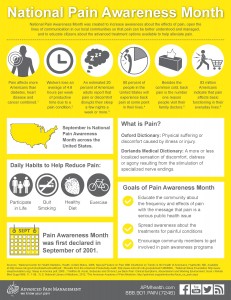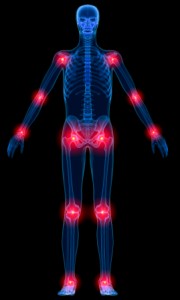He writes “I was first diagnosed with osteoarthritis in my knees, shoulder and wrist joints over ten years ago. However, over recent years I’ve been suffering from severe pain, particularly in my knees. This is something that is exacerbated by my work as a long haul delivery driver, which sees me sitting in the driving position for up to 18 hours a day as I cover between 200,000 to 300,000 miles per year.
I was told by doctors that I was too young for a knee replacement . However, neither of these provided me with any relief. I also had two arthroscopy procedures performed on my knees to try and clear the damaged cartilage. However, these procedures both had minimal impact in terms of pain relief. It felt as though I was just going to have to accept the excruciating pain for the rest of my life and in particular during the winter months when the pain would be heightened.
However, during a routine delivery I mentioned my troubles to an office worker at the delivery address who told me about a company, FLEXISEQ, that manufactures a drug-free treatment for osteoarthritis. I tried out a sample soon after and almost immediately the pain started to subside. After two weeks I felt completely different and I now apply the gel twice a day to the affected joints to ensure that the pain does not return.
I’m currently not suffering from any pain in my joints. It’s not so much that FLEXISEQ helps the pain go away, it actually stops the pain from occurring – it’s incredibly effective and has had a measurable impact on the day to day quality of my life.
”
We were told In a clinical trial on 1395 adults with osteoarthritis of the knee, use of FLEXISEQ resulted in clinically relevant reductions in joint pain and stiffness and improvement in physical function that were equivalent to the effects of an anti-inflammatory . There have been no serious side effects reported relating to the use of Flexiseq. In clinical trials FLEXISEQ caused minor skin irritations, mainly erythema, dry skin and rash – usually mild to moderate intensity, transient and fading away by itself. A treatment interruption was not necessary. There are no known interruptions with other medicines.




